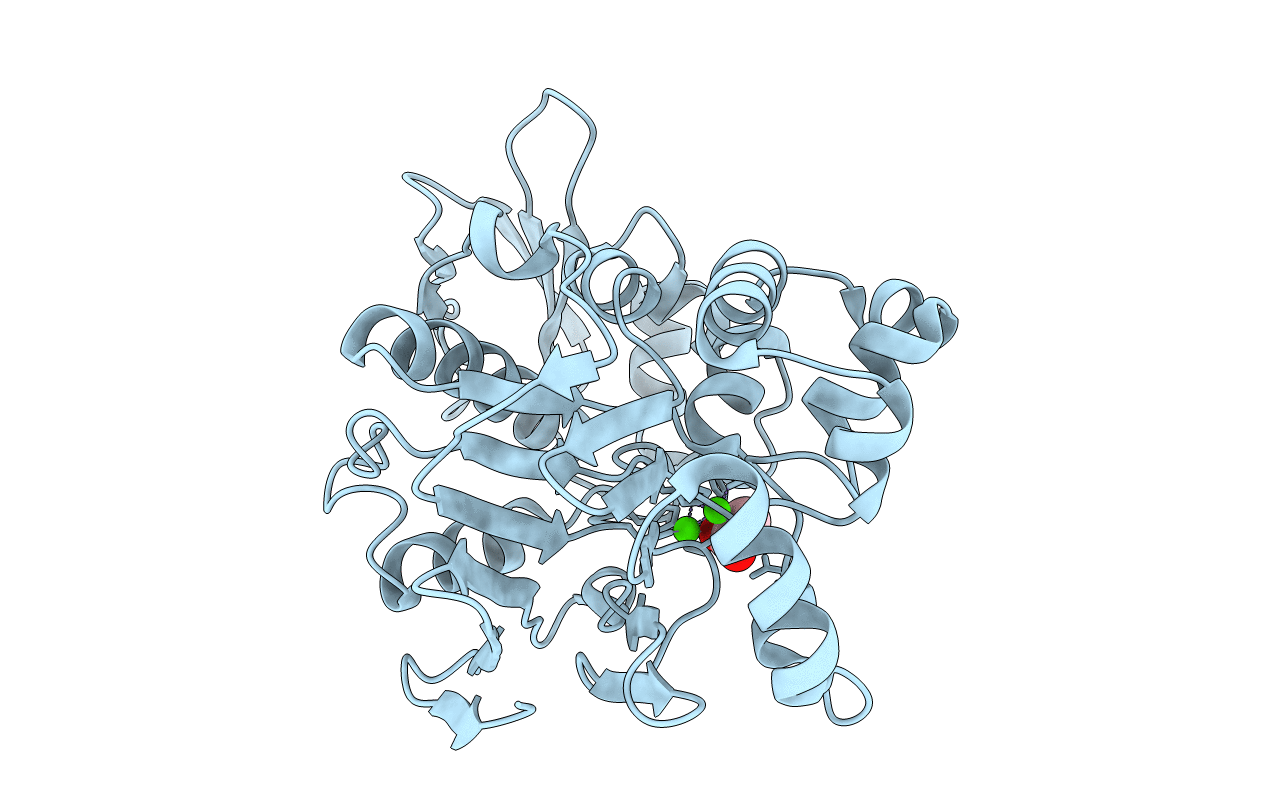
Deposition Date
2003-12-09
Release Date
2005-03-01
Last Version Date
2024-11-13
Entry Detail
PDB ID:
1V73
Keywords:
Title:
Crystal Structure of Cold-Active Protein-Tyrosine Phosphatase of a Psychrophile Shewanella SP.
Biological Source:
Source Organism:
Shewanella sp. (Taxon ID: 50422)
Host Organism:
Method Details:
Experimental Method:
Resolution:
1.82 Å
R-Value Free:
0.22
R-Value Work:
0.17
R-Value Observed:
0.17
Space Group:
P 21 21 21


